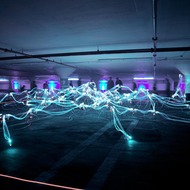
(View Complete Item Description)
In this update to the 2008 standards, Washington is adopting the 2016 Technology Standards for Students
released by the International Society for Technology in Education (ISTE). These standards were developed
collaboratively with teachers, administrators, subject matter experts, state and national associations, and
stakeholders in educational technology. Teams of Washington teachers, technology integration
specialists, and teacher-librarians have reviewed these standards to ensure they effectively meet the
needs of Washington students.
These standards emphasize the ways technology can be used to amplify and transform learning and
teaching, and they resonate with our state’s aspiration to empower connected learners in a connected
world. In addition, they complement statewide efforts to enhance instruction in digital citizenship and
media literacy, which are critical elements of preparing our students for careers, post-secondary
aspirations, and beyond.
Material Type:
Teaching/Learning Strategy
Author:
Washington Office of Superintendent of Public Instruction




















